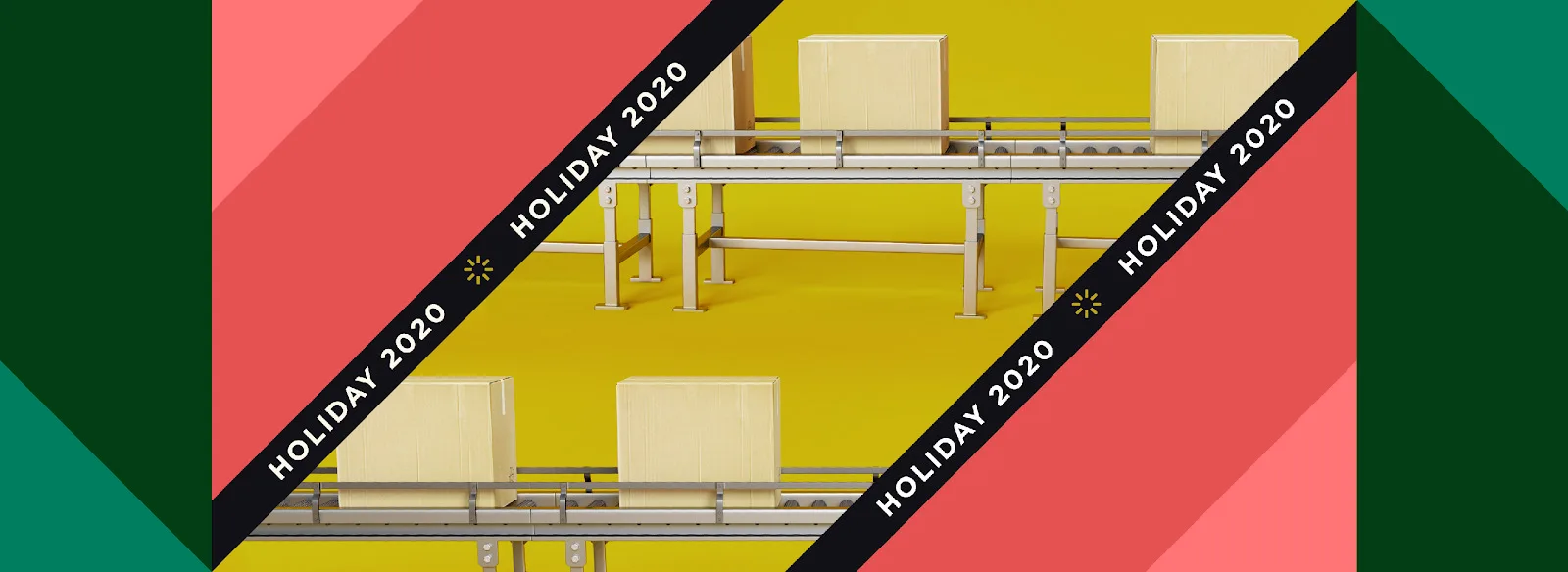Achieving 2020 Holiday Success: Shipping, Packaging, and Fulfillment Guidelines for Ecommerce Brands

Every year, one resounding piece of advice echoes through the ears of every retail brand across the world:
Start early. Plan ahead. Be prepared.
This year, early planning couldn’t be more important. With ecommerce purchasing at an all-time high, retailers need to make sure they have every part of their holiday strategy ready – from brand to fulfillment.
When it comes to creating holiday campaigns, brands need to have all of the details sorted out before hitting “go” — after all, too much is on the line for you to run into logistical errors.
“Start early and ramp up using a series of activities rather than a single dose of one activity.
Align your holiday marketing with other aspects of your business such as shipping logistics, customer service, sales, and even site/product design.
If you start early, you’ll have a better chance of attracting more buyers efficiently.”
— David Feng, Co-Founder, Re:amaze
Your holiday strategy is two-fold:
The front-end: UX and marketing
The back-end: Fulfillment, shipping, and returns
Mastering your back-end procedures for the holidays may not seem as shiny as a new landing page, gift guide, or digital advertising, but this is where brands can truly innovate to create a differentiated experience.
The page-to-cart-to-convert pathway sees a lot of attention, because that is where attrition occurs. But what happens when you can connect with customers after they purchase and beyond? That’s where the golden customer return rate occurs — and it’ll save you thousands in customer acquisition costs down the line.
In this guide, we’ll dive into three of the most important facets of the post-purchase experience: fulfillment, packaging, and shipping. You’ll learn key takeaways and best practices and ultimately walk away with a defined view of what improvements you can make to your business — just in time for the 2020 holidays.
Let’s dive in.
